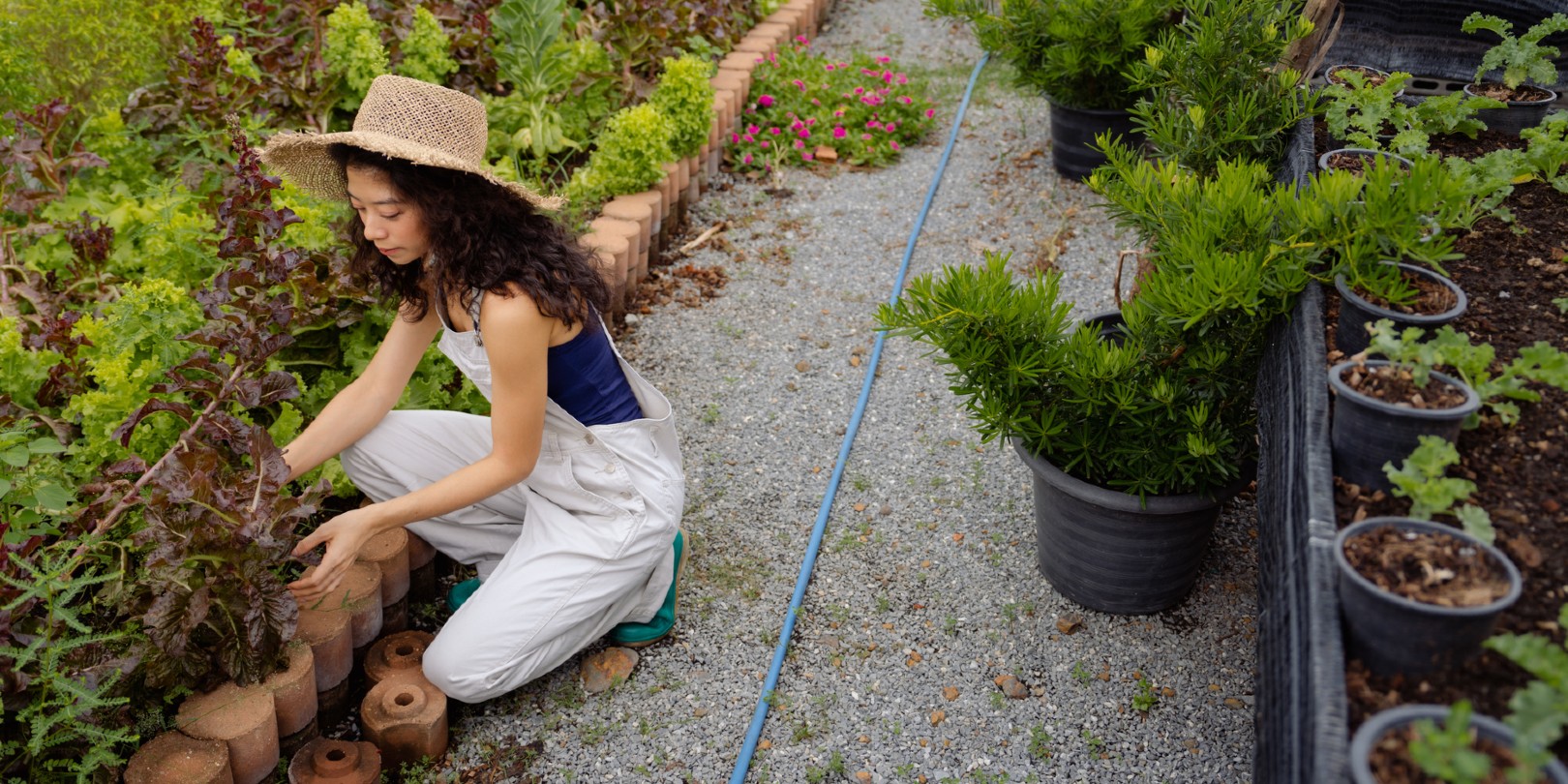Best Weed Control Strategies To Clean up Your Yard

Having a weed-free lawn can be a challenge, especially if you’re unfamiliar with all the available tools and techniques. We made this guide to help you keep your yard free of weeds and looking great. We’ll discuss everything, including controlling the spread of weeds, getting rid of existing weeds, and best practices for preventing them in the future.
We’ll cover the highest-rated weed control strategies for homeowners, so you can keep your lawn looking tidy. We’ll also give you some tips on maintaining your yard so you can enjoy your green space without worrying about pesky weeds. You can keep your yard looking its best with the right strategies and tools.
Identifying Problem Weeds
The first step is to recognize the weed species you are dealing with. Accurate identification of the weeds will facilitate precise targeting and implementation of necessary measures to prevent their proliferation. Weeds exhibit a variety of shapes and sizes, but they fall into two categories, including annuals and perennials. Annuals complete their growth cycle within a single growing season, whereas perennials resurface every year or every other year. Perennial weeds are challenging to eliminate as they can propagate through underground roots and seeds. Some may even possess several means of survival, such as underground rhizomes that enable them to sprout from cuttings or fragments of the primary plant.
It is crucial to evaluate the weeds to determine their optimal growing conditions. Some weeds may thrive in dry soil with low nutrient content, while others may flourish in highly fertile areas exposed to full sun. This knowledge will help determine the weed control strategies to adopt since different weed species may require distinct treatments. Controlling perennial weeds may necessitate multiple herbicide applications, while you can treat annuals through mulching or hand-pulling approaches.
Physical Control of Weeds
Physical methods such as mulching and hand-pulling can keep your yard free from weeds. These methods are safe because they don’t introduce additional chemicals that can harm humans or animals.
Hand-pulling weeds is a particularly effective way to control weed growth as it removes the entire plant and root system, preventing it from reseeding or producing new growth. When hand-pulling weeds, use a digging tool like a trowel to remove all root sections and seed heads from the soil. Remove all root sections of perennial weeds to prevent them from regenerating elsewhere in your yard.
Mulching is another effective physical control method. Covering soil surfaces with organic material such as wood chips, straw, or bark chips blocks light from reaching the soil surface, preventing weed seed germination and development. You will need a thick layer of mulch for optimal results. This mulch requires regular maintenance to prevent patchiness or washout due to environmental factors like water runoff. You can also place landscape fabric underneath your mulch to create an effective weed barrier.
Chemical Control of Weeds
Chemical control methods, such as herbicide applications, are another option for controlling weeds. These products carry certain risks, and it’s crucial to read labels carefully when selecting and applying herbicide products.
Herbicides are chemical products that disrupt specific biological processes in plants, preventing them from growing or killing them entirely. Contact herbicides work faster than systemic ones but only affect young leaves. Systemic herbicides penetrate all parts of the plant and take longer to show results but are longer-lasting since they spread throughout the entire plant’s system. When using herbicides, follow the instructions carefully and note any cautions listed on the product packaging before applying them directly to plants or near water sources. Avoid overlapping applications to prevent toxicity in plants, and always wear protective clothing, including gloves and a face mask, when handling herbicide products to avoid skin contact or ingestion.
When choosing an herbicide product, consider the type of weed you’re targeting and the size or coverage area. Different herbicides work better than others depending on the type and stage of the weed, so select accordingly. Store herbicides safely away from pets and children when not in use to avoid accidental exposure.
Biological Weed Control
An integrated pest management (IPM) program that combines natural and chemical control methods can be an effective long-term solution to suppress the growth of problem weeds. This approach can reduce reliance on single strategies that may lead to resistance among targeted pests.
Biological control methods such as introducing natural predators can effectively control the growth of problem weeds. Ladybugs, ground beetles, spiders, mites, lacewings, praying mantises, birds, and parasitic wasps are some popular natural predators for this purpose. It is crucial to understand the living requirements of these predators and ensure that they do not threaten other beneficial insects in the area before introducing them.
Planting species that contain allelochemicals and suppress the growth of nearby plants is another natural way to control weeds. Species such as mints, thyme, lamb’s quarters, yarrow, feverfew, and tansy ragwort are well-known for creating an effective weed barrier. It is crucial to regularly maintain these plants during the peak summer months for maximum effectiveness.
Integrated Weed Control
For optimal results in controlling newly sprouted weeds, combining various approaches, including physical, chemical, and biological methods, will establish a strong defense against future outbreaks. You can utilize this technique with a mix of methods without relying heavily on chemical treatments. Implementing proper maintenance protocols, such as ongoing monitoring, using mulch, and placing barriers between treated and untreated areas, will also help increase the overall efficacy of your integrated pest management program.
Conclusion
Keeping your yard free of weeds can be challenging, but it is possible with the right strategies and tools. By understanding the different types of weeds, identifying the best control methods for your situation, and implementing integrated weed management, you can keep your yard neat all year round. Whether you choose physical, chemical, or biological methods, following these steps will help you create a weed-free outdoor space you can enjoy all season long.
